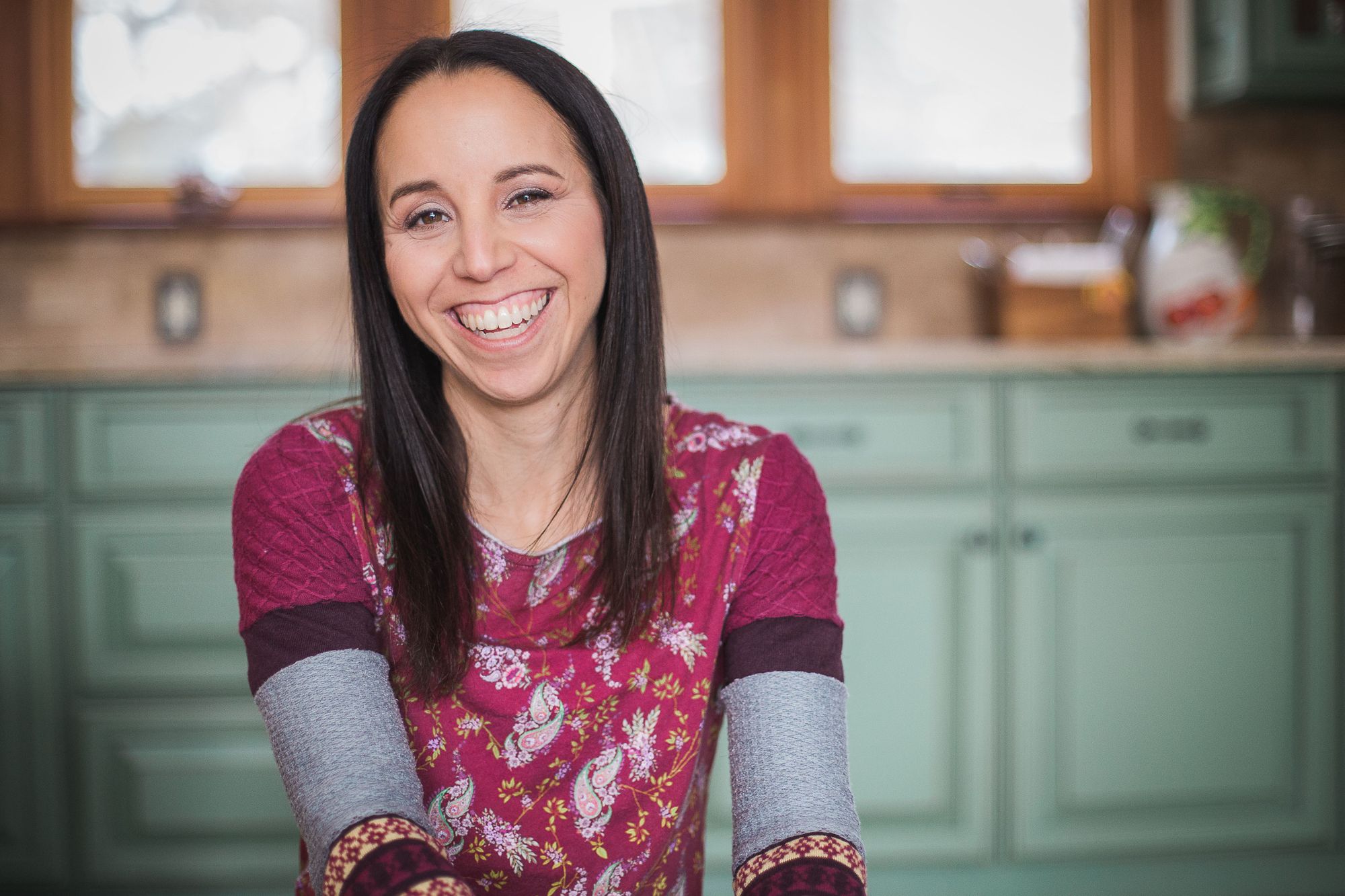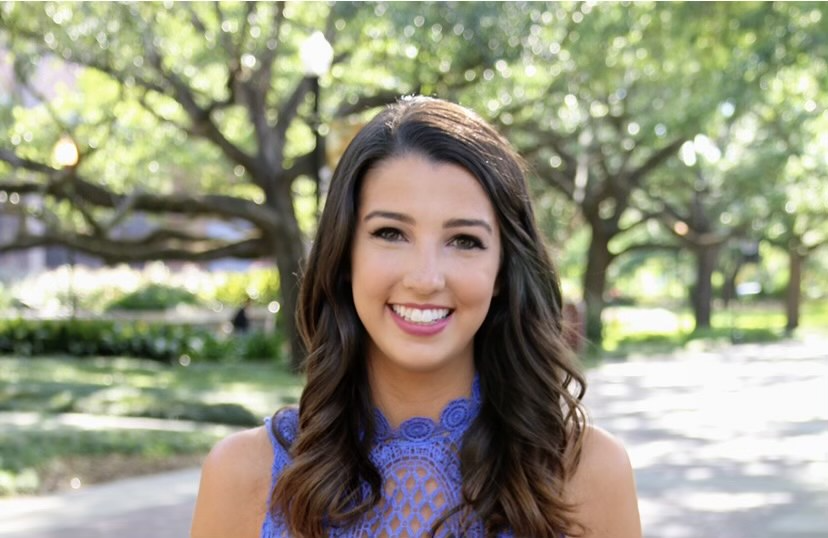Alan Kinsella joined us (virtually) from Queens, New York where he currently resides. He is a board certified behavioral analyst (BCBA) who works at the Manhattan Childrens Center (MCC) on New York's Upper West Side; a program for individuals 5 to 21 on the autism spectrum. Alan serves as the lead teacher for one of the Upper School classrooms at MCC. He has worked in the field of severe autism for 8 years, in both residential and day programs. Prior to his position at MCC, Alan spent 3 years in the United Arab Emirates working at the Mohamed bin Rashid Center for Special Education operated by the New England Center for Children.
Alan is involved as a researcher for the Why We Do What We Do Podcast, a podcast dedicated to spreading consumable psychology and discussing the broader impact of ABA in the world. For fun, Alan plays several instruments and enjoys movies and reading. Some of his favorite pieces of literature include Outliers and Sapiens.
Let’s get to know Alan!
How did you get into your field?
I stumbled into the field of Applied Behavior Analysis (ABA) in a very classic way - I received a Bachelor’s in Psychology and developed a particular interest in autism during that time. A series of connections led me to my first job out of college at The New England Center for Children (NECC) in Massachusetts. NECC offers a unique graduate experience in partnership with Western New England University (WNEU) in which you can work full-time at NECC while pursuing a Master’s degree in ABA through WNEU. That dynamic offers hands-on experience under the supervision of some of the top professionals and researchers in the field. I was lucky to gain insight and supervision from some very talented people who taught me essentials of leadership and clinical practice I still carry today.
How would you define ABA?
Applied behavior analysis is a field that involves evidence-based strategies to make meaningful changes in behavior, whether it is reducing problematic behavior or teaching functional skills that improve quality of life.
Could you give an example of a type of client/case that would warrant this approach?
One example might be a teenager who is experiencing the physical and emotional changes of puberty but has a limited requesting repertoire. There are many types of communication breakdowns that can occur during these moments, which can impact the way that a person can express their evolving wants and needs. Another case may be if there is a client whose parents may be in a position where they are unable to manage their child’s behavior safely [perhaps this individual is exhibiting aggressive behaviors and/or self injurious behaviors] and they may need to seek out additional resources to remediate this behavior.
If a parent is in this kind of position, how can they access behavioral services?
There are a few different ways. Typically, they would consult with their loved one’s primary care provider/pediatrician for a referral if they are not enrolled in a school/program with a BCBA, or if they do not currently have a diagnosis. A behavior analyst can then deliver a series of assessments with direct observation and collect data to help determine the function of the behavior(s), the conditions in which it is more likely, and then look toward a more appropriate alternative to the problem behavior.
So is ABA limited to only working with individuals with autism with co-occurring behaviors?
No! The study of behavioral analysis has been successfully applied in several other industries; including [but not limited to] driving safety, drug rehabilitation, leadership and workplace performance, and animal training.
What would a typical ABA goal be/overall objective of the approach?
Our approach involves first and foremost the analysis of data, preferably from direct observation, but we may administer surveys to individuals or use caregiver input in determining the function of behavior. The other important thing to note about ABA is that there is no one-size-fits-all approach. While many strategies have been carefully tested and improved in the literature, each tactic is always tailored to the exact needs of our client. We don’t compare clients to each other, and thus with a single-subject design, you are constantly dedicated to producing an outcome that is meaningful to that individual compared to their own baseline.
How does ABA differ from other approaches?
Our use of single-subject design is probably one of the most unique hallmarks of ABA. A tactic might be appropriate for several clients, but it still requires modification relative to each individual’s behavior and their environment. We are always considering every aspect of the environment, whether it is socially or the physical setting. We also prioritize the data and a visual analysis to examine the effects of our interventions on behavior.
Is there ever an individual or situation that you don’t think would benefit from ABA?
Behavior is essentially anything that an organism does, so use your imagination and think of anything a human or animal can say or do. Whatever comes to your mind, it can fall under the study of behavior. While there are certainly areas that ABA has yet to extend to, there is always the potential for some exciting work.
What would you say is one of the biggest takeaways from ABA?
The most rewarding aspect of ABA is that it treats every client as an individual without comparing to a greater group. Whatever the baseline is of a skill to be acquired, or a problem behavior to be reduced, it can be met with the fresh eyes of a behavior analyst looking to improve that client’s quality of life and means of interacting with their environment. There is a wide community in ABA built on decades of research dedicated to making the world a better place, and I believe that we will continue to see behavior analysts lending some wonderful ideas to many of the world’s most complicated problems.
What excites you the most about being a behavioral analyst?
We are finding ABA on the brink of a Big Bang - the next chapter of our field’s story is about to explode into so many novel territories. ABA began as an effort to extend experimental research with animal behavior to issues that affected humans directly in their environment. Since then, it has found itself (pun intended) pigeonholed in the domain of treatment for autism spectrum disorder. We’ve done very well in this field, and have been able to help countless families manage better outcomes with their loved ones. However, the world provides no shortage of economic, social, cultural, and environmental issues at our doorstep. When we evaluate the factors that contribute to all of these problems, we often find that they follow the same behavioral principles that we’ve been studying for decades. Approaching such issues with the same ABA lens we’ve successfully used elsewhere creates the potential for significant impact.
What challenges or obstacles do you face working in your field?
Perhaps one of the most difficult, but maybe most humbling, characteristics of ABA is our devotion to social validity. That means that it’s not enough to find an intervention that “works” and what defines “working” needs to account for the acceptance and welfare of your stakeholders. If you write a behavior plan for a child and it’s impractical given the family’s work schedule, caregiver support, culture, religion, etc., then you haven’t really provided something meaningful. We need to be adaptive and flexible in our approach, and our science includes many procedures that can be tailored uniquely to the demands of our clients. This keeps us continuously on our toes but more importantly, in tune with the exact needs of families.
Additionally, behavior analysts often find themselves working in schools among professionals from other disciplines. I find that respectfully communicating with each other often yields more overlap in our approaches, and better collaboration. Having an expert from another area around can help us expand on things like augmentative and alternative communication (AAC) devices, social skills, motor control, fitness, and so on.
Our founding leaders of ABA provided us with a highly technical language so that it would not get lost in translation among professionals. Now we find ourselves in need of a healthy translation of our technique for our clients, and a hesitation to break from early traditions. However, finding a user-friendly language is our best bet at sharing our procedures with the world in an effective way.
Can you describe some of the ways that you work with speech-language pathologists (SLPs) and other related providers?
I’ve been partnering with SLPs and OTs (occupational therapists) from the very start, so I have never envisioned an environment for treating individuals with autism in the absence of such professionals. Autism is a complicated diagnosis with complicated symptoms, and anyone pitching a one-size-fits-all treatment is likely swindling you. If we don’t come at autism from all angles and utilize other disciplines, we run the risk of missing something that may positively impact our clients. I enjoy having someone that is focused on the specific workings of AAC devices, or how a subtle difference in phrasing can impact the success of functional communication. SLPs provide valuable insight into short- and long-term goal development and help itemize the individual steps that will need to be achieved along the way.
What is a common misperception about ABA/your field?
As previously mentioned, there is a common misconception that ABA exists strictly for treatment of those with ASD. But a quick history lesson on the origins of ABA would show a very broad science of human behavior--that is, everything. So long as it is something a living, breathing, human can do, then it can be observed, measured, and intervened on.
Another misconception surrounds the idea that ABA seeks to only reduce problem behavior, leaving a giant gap in a client’s learning. Quite the opposite--given that we’re able to link many types of problem behavior to direct deficits in communication, it’s the replacement behavior (such as using functional communication) that becomes the catalyst for change. This is an integral piece of the overall process of treating problem behavior, and one that is likely to involve the insight of other professionals such as SLPs.
What is one thing you like to share with parents/caregivers related to your field?
I would like parents and caregivers to understand that all of our procedures and techniques are grounded in evidence-based research that goes back several decades. Everything has been through rigorous study, some it proven and disproven along the way. When something is no longer considered to be effective, we don’t continue it. We dedicate ourselves to being a science of high integrity, peer review, and empiricism that strives for excellence in providing interventions that are socially acceptable to our clients.
We would like to thank Alan for sitting down to share his experience and ABA insight with us!
Tune in for our next Q & A next month. If you are interested in being featured - we would love to hear from you @ communicationcommunityslp@gmail.com







